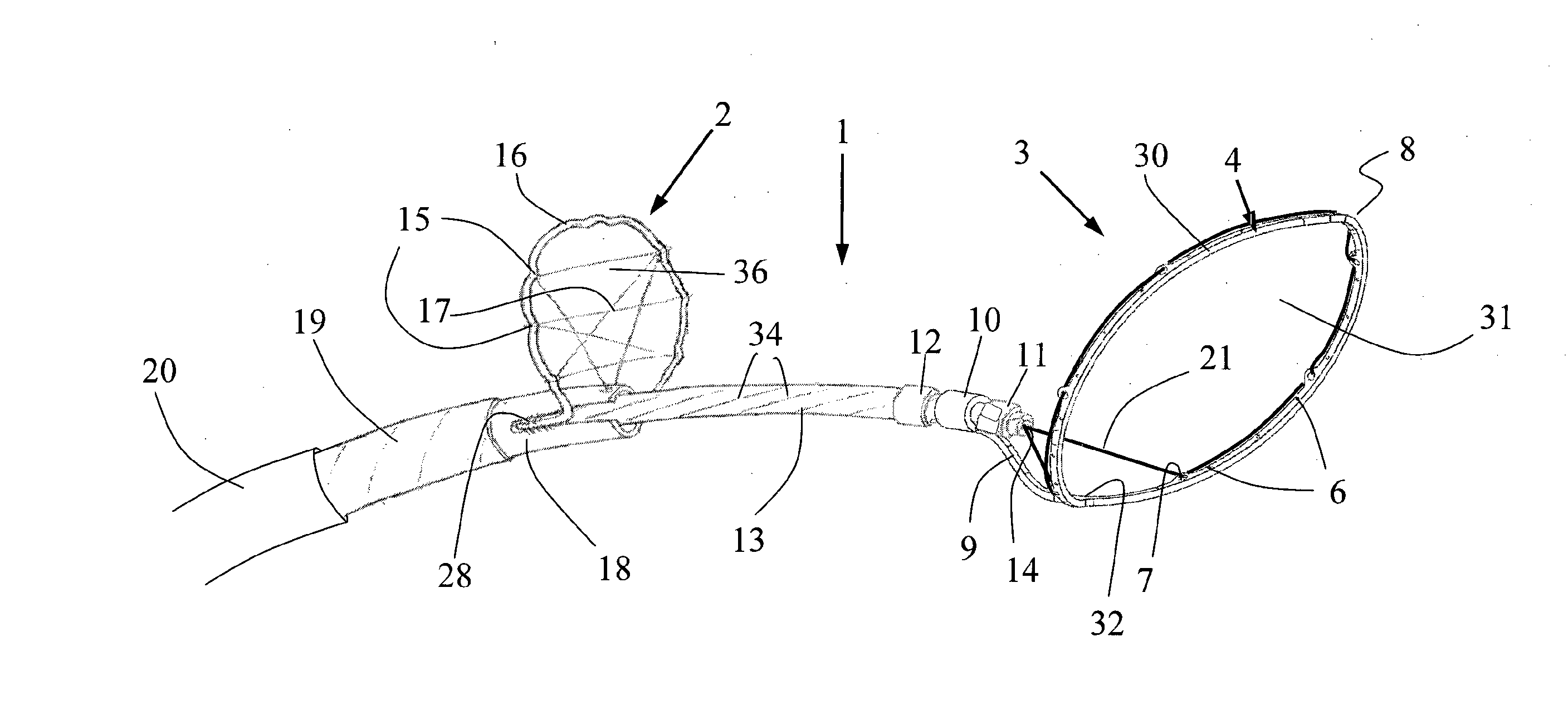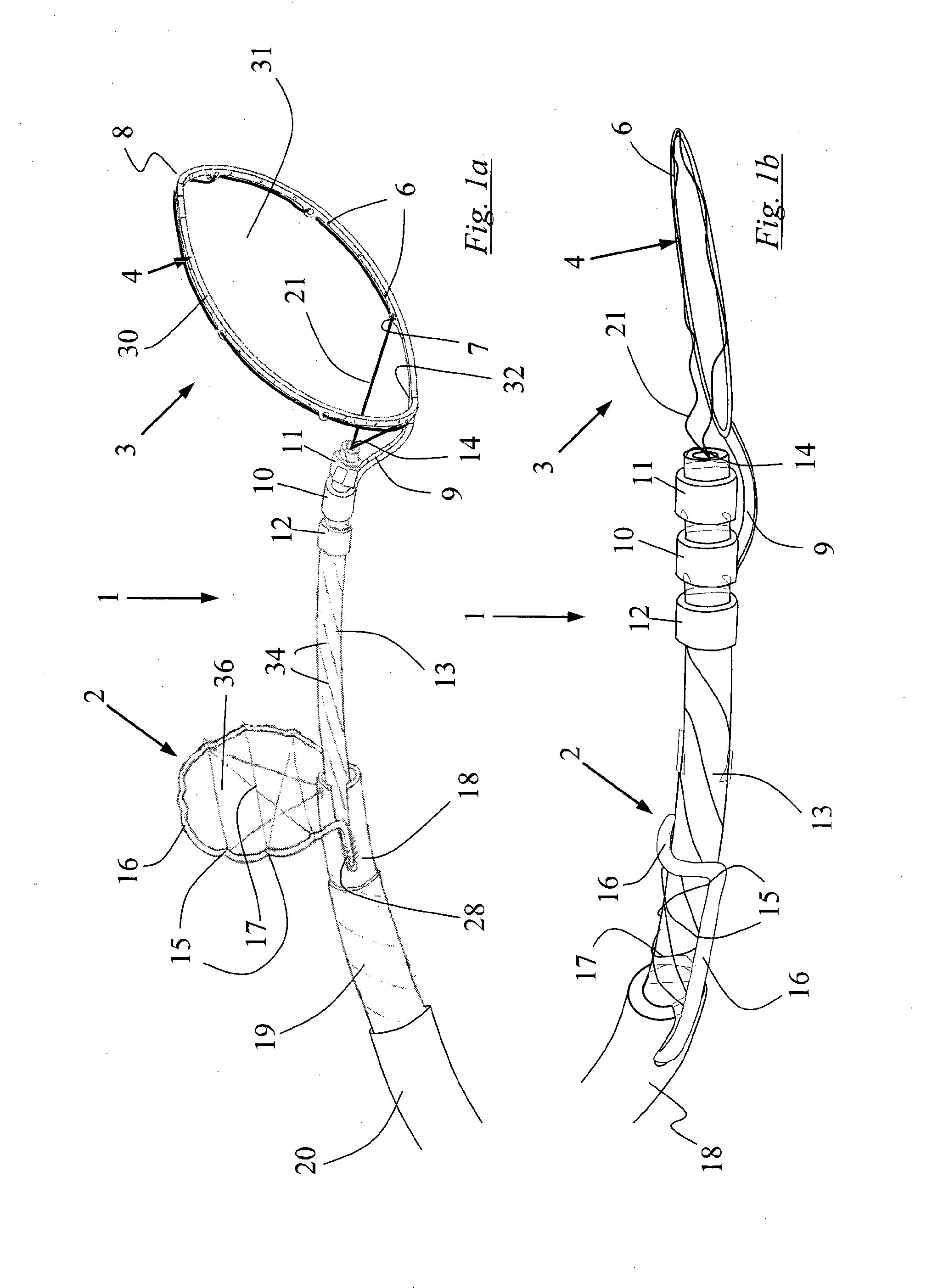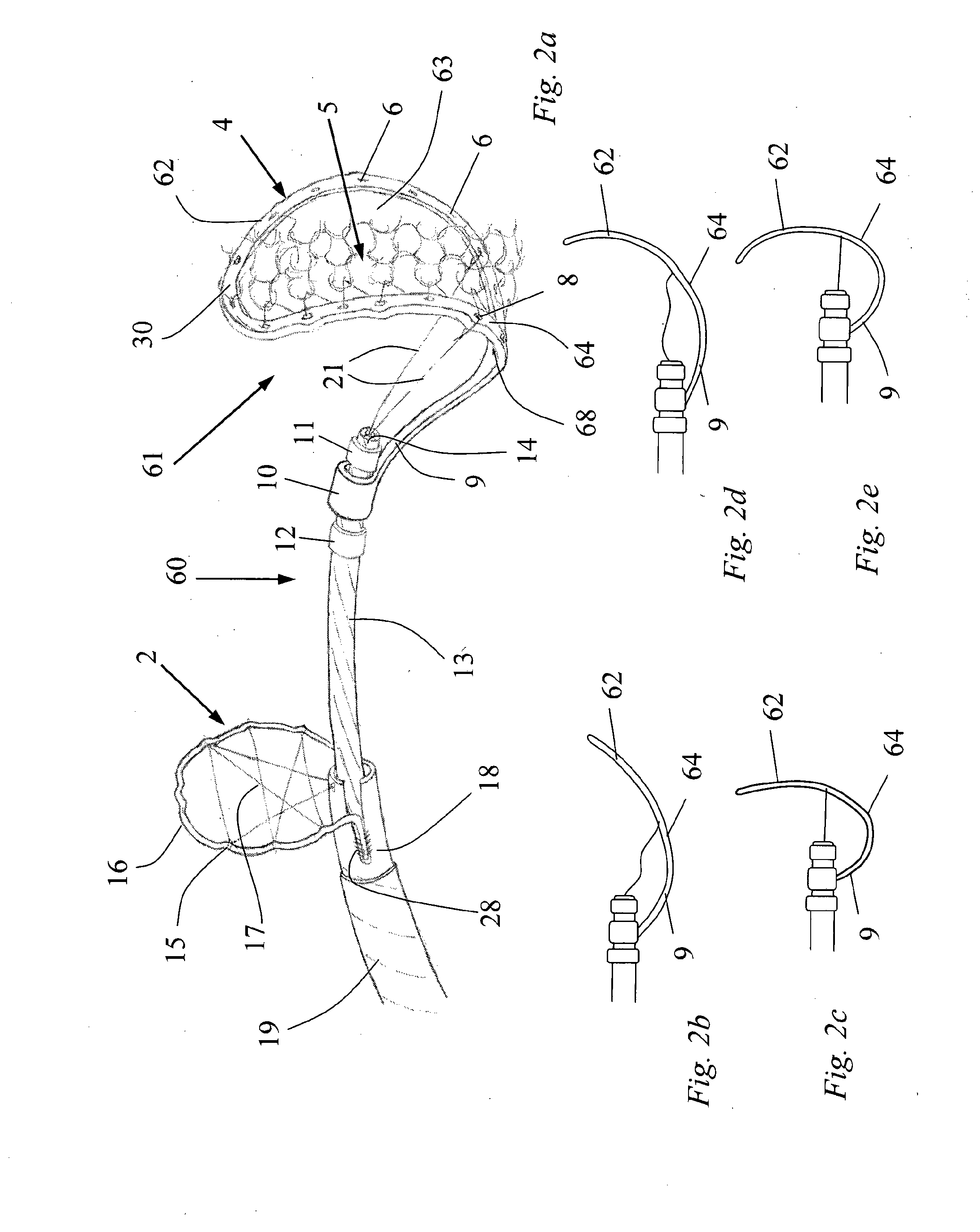Clot engagement and removal systems
a technology of clot engagement and removal system, which is applied in the field of devices and methods of removing acute blockages from blood vessels, can solve the problems of ineffective clot removal, inability to navigate tortuous vessels, and large profile of conventional technology,
- Summary
- Abstract
- Description
- Claims
- Application Information
AI Technical Summary
Benefits of technology
Problems solved by technology
Method used
Image
Examples
Embodiment Construction
[0311]The present invention is related to an apparatus and methods for the removal of obstructions in vessels. The present invention is directed towards the treatment of occlusions to blood vessels, especially arterial vessels and more particularly the removal of occlusive clots from cerebral arterial vessels.
[0312]Accessing cerebral vessels involves the use of a number of commercially available products and conventional procedural steps. Access products such as guidewires, guide catheters and microcatheters are described elsewhere and are regularly used in procedures carried out in cerebral vessels. It is assumed in the descriptions below that these products and methods are employed in conjunction with the device and methods of this invention and do not need to be described in detail.
[0313]With reference to FIG. 1 there is shown a schematic representation of a device 1 for the removal of an obstruction 40 to a vessel 41. The device 1 comprises a clot debonder device 2 and a clot en...
PUM
 Login to View More
Login to View More Abstract
Description
Claims
Application Information
 Login to View More
Login to View More - R&D
- Intellectual Property
- Life Sciences
- Materials
- Tech Scout
- Unparalleled Data Quality
- Higher Quality Content
- 60% Fewer Hallucinations
Browse by: Latest US Patents, China's latest patents, Technical Efficacy Thesaurus, Application Domain, Technology Topic, Popular Technical Reports.
© 2025 PatSnap. All rights reserved.Legal|Privacy policy|Modern Slavery Act Transparency Statement|Sitemap|About US| Contact US: help@patsnap.com



